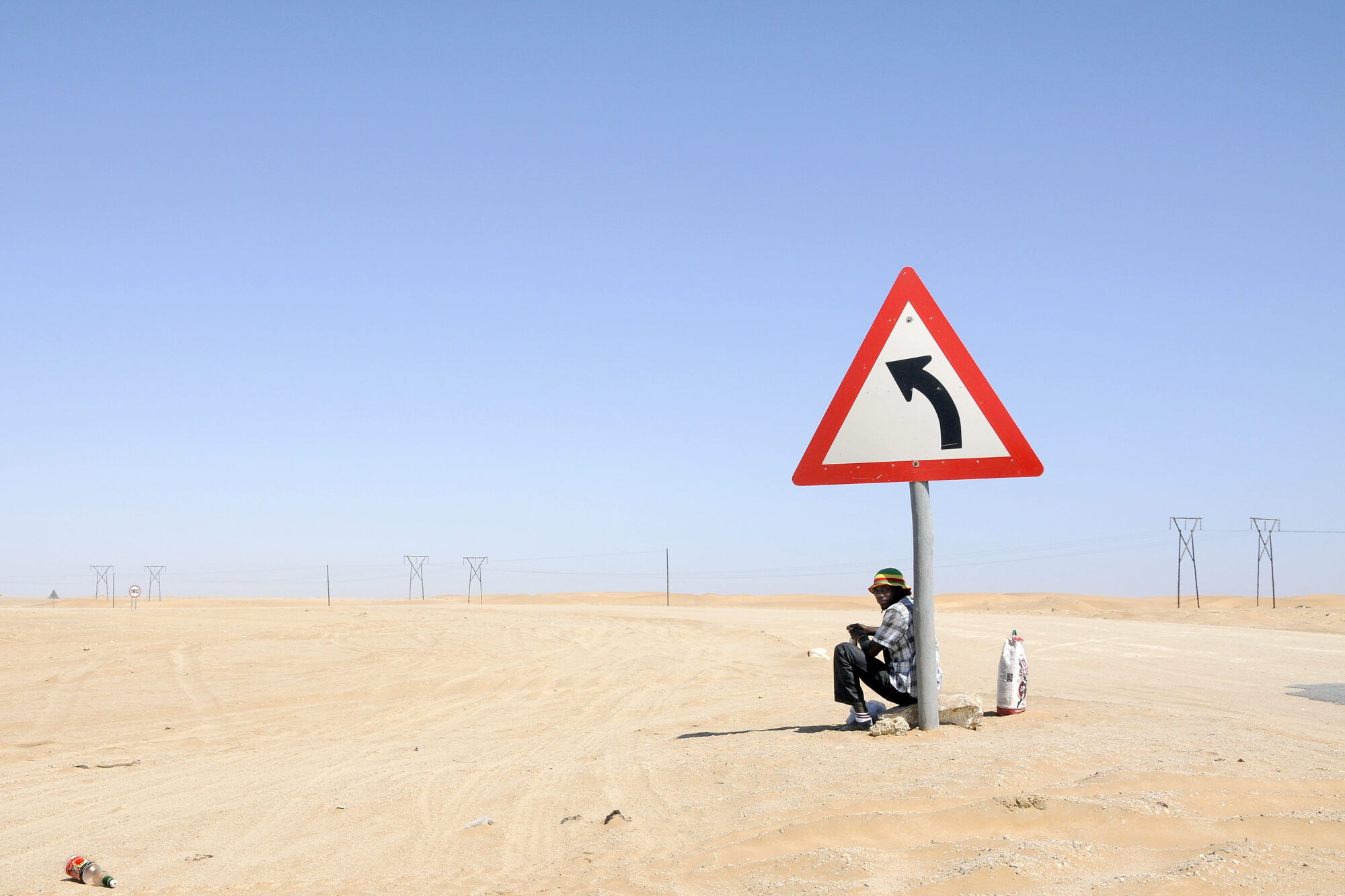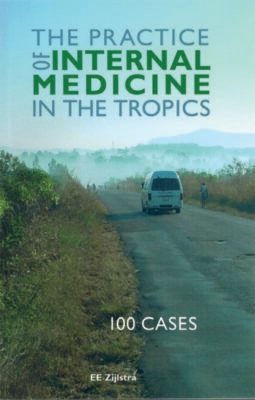Main content
1963: the birth
The first edition of Medicus Tropicus was published in 1963, more than fifty years after the founding of the Netherlands Society for Tropical Medicine and International Health (NVTG). Initially, the magazine functioned primarily as a newsletter for the Tropical Working Group Committee (in Dutch: Commissie Werkkring Tropen, CWT) [1], a committee established to address the changing landscape for Dutch ‘tropical doctors’ in the wake of decolonisation.
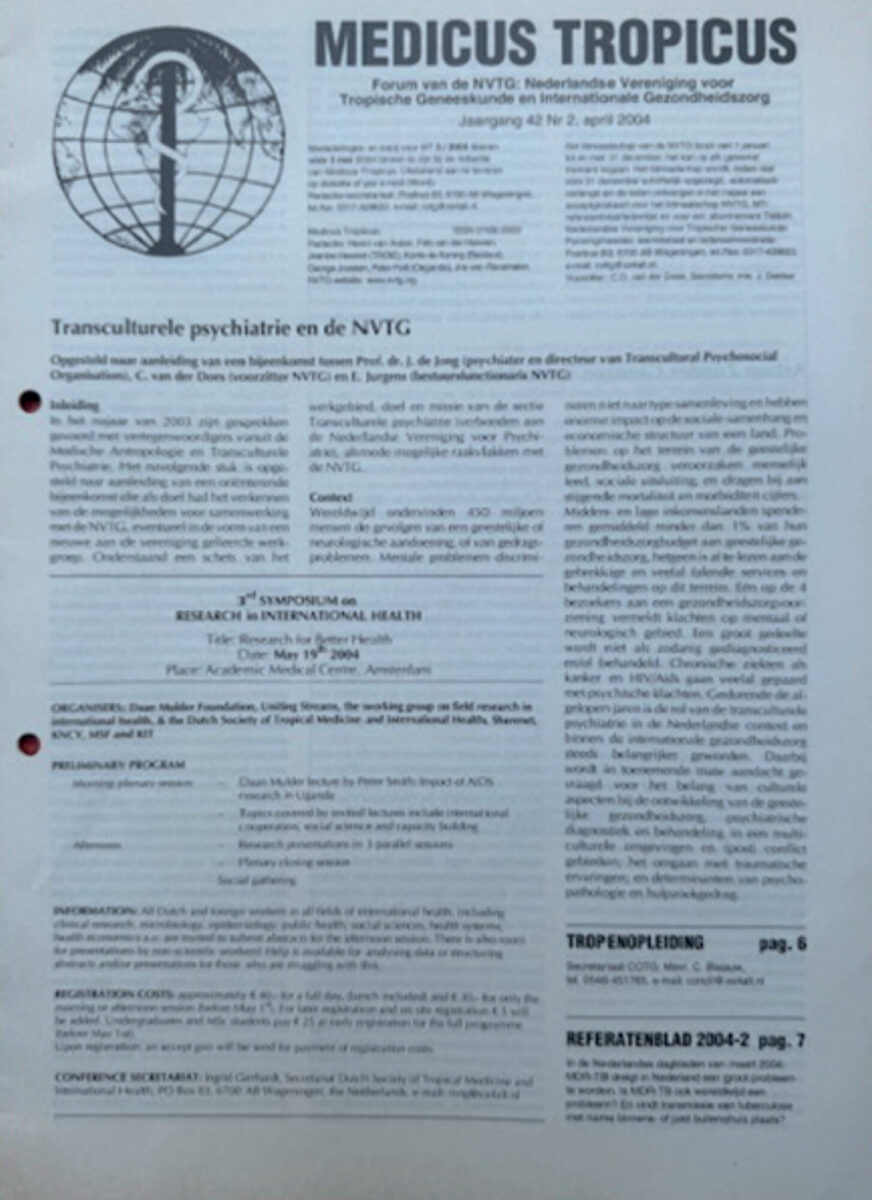
Much like the CWT itself, the launch of Medicus Tropicus was foreshadowed by Prof. Oomen in his 1958 speech, in which he reflected on the shifting role and future of Dutch doctors following the decolonisation of Indonesia. [2] In its early years, Medicus Tropicus served as a contact publication, sharing news and updates from the Netherlands with those working abroad, particularly ‘in the tropics’. It was meant to help maintain professional and personal ties between the Netherlands and its medical professionals overseas.
A few years after the magazine’s inception, readers reaffirmed its mission: to serve Dutch medical professionals—whether working abroad or at home—and to possibly attract new members to the Society (NVTG). Having defined its audience and purpose, Medicus Tropicus was published on a bi-monthly basis.
Although closely linked to the CWT in its early years, the magazine’s role evolved after the Commission was officially dissolved in 1973. [3] From that point on, Medicus Tropicus expanded its scope beyond its origins as a committee newsletter, gradually becoming a publication that represented the entire NVTG community.
1963 – 1970: the adolescent years
A positive side effect of Medicus Tropicus was that it helped attract new members to the NVTG. Membership grew significantly, from 222 members in 1962 to 751 by 1972. However, the abolition of the CWT and the gradual transformation of the magazine into a broader communication tool for the entire NVTG also triggered a moment of introspection: What should the role and status of Medicus Tropicus be in this new phase?
Despite its popularity among readers, active participation by NVTG members remained limited. Few showed interest in contributing content or joining the editorial board. This problem became more pressing when several long-standing editors expressed their desire to step down and make way for younger colleagues—though no successors had yet been identified. This raised an important question: Was the lack of involvement due to a generational disinterest, or was it a reflection on the magazine’s format and content itself?
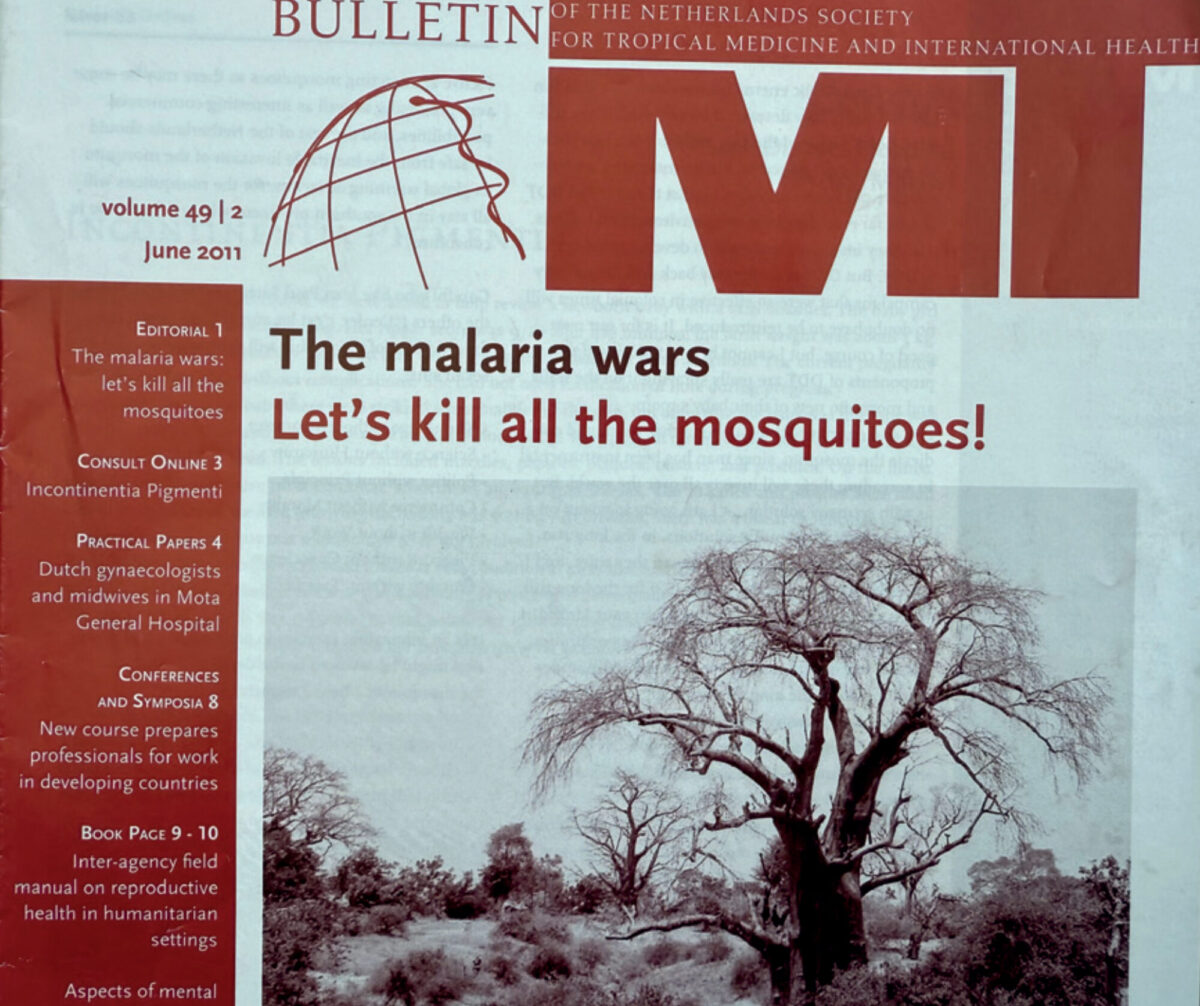
But as the saying goes, never waste a good crisis. The situation sparked a critical discussion about the future direction of Medicus Tropicus. Some argued that the magazine should move beyond internal updates and instead invest more energy in publishing engaging and relevant content. One proposed solution was to publish Medicus Tropicus as a supplement to the Tropical and Geographical Medicine (TGM) Journal—a publication that some believed should, in fact, become the official journal of the NVTG.
The 1970s: transformation and debate
The proposed merger between Medicus Tropicus and the Journal of Tropical and Geographical Medicine (TGM) never materialised. For several reasons, the idea was abandoned—partly because TGM merged with Acta Leidensia and eventually, in 1996, became part of the European journal Tropical Medicine & International Health (TMIH).
Meanwhile, Medicus Tropicus underwent its own transformation. The magazine evolved into a platform for more substantial articles and – fittingly for the turbulent 1970s – a space for debate. These were years marked by heated discussions about the Netherlands’ colonial legacy and the changing role of Dutch doctors in the emerging post-colonial democracies.
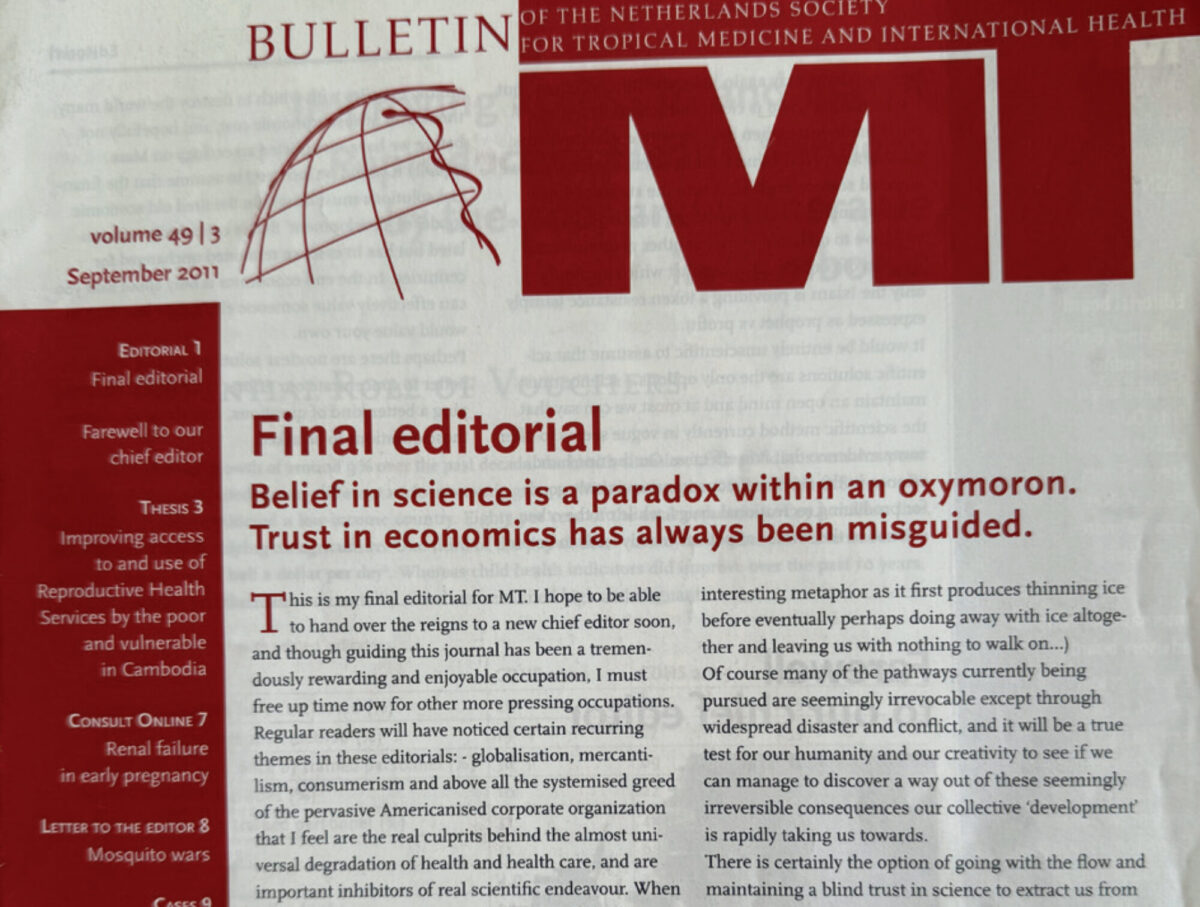
Under the leadership of a new editor-in-chief and with revised statutes, the nature of the magazine shifted. Members increasingly used the platform to reflect on current affairs and to question the role of Dutch health professionals in the field of international development. Not everyone welcomed this new direction. Critics argued that the magazine should avoid polemics on colonial history and polarised discussions that, in their view, would not interest the broader membership.
Yet others believed firmly that such critical reflection was not only relevant but necessary. One comment in the magazine captured this spirit well:
“If there is criticism of medical development aid as a form of disguised colonialism, then we should be prepared to investigate whether our approach could have given rise to this accusation.”
Ultimately, consensus emerged: Medicus Tropicus would remain the central forum of the NVTG—serving a dual purpose. It would continue to publish news from the NVTG Board, updates from working parties, training programme developments, and International Health Alerts [4], while also offering space for thought-provoking articles, commentary, and member contributions.
2007: a new look and a broader reach
In 2007, Medicus Tropicus underwent a significant restyling, made possible through a subsidy from the NGO Cordaid. With the ambition to attract more contributions from international colleagues, it was decided to publish the magazine in English. At the same time, the editorial scope was broadened to include scientific articles, clinical case studies, and field reports – reflecting the growing diversity and complexity of global health work. A new name was introduced that honoured its legacy while signalling a fresh start: MT, Bulletin of the NVTG.
To expand its reach beyond the Society’s membership, the magazine was also distributed in two pilot countries – Malawi and Tanzania. However, this international dissemination effort was short-lived. After one year, it was discontinued due to logistical challenges and high costs.
Three years after the launch of the newly styled magazine, an evaluation was conducted. Respondents appreciated the MT Bulletin for its readability, relevance, and editorial quality, affirming its value as both a professional publication and a platform for shared learning in international health.

2010 – 2025: thematic issues and a new editorial strategy
The evaluation of the MT Bulletin did not lead to major structural changes. Its main goal remained largely intact, as outlined in the Editorial Statute of 2010:
“To disseminate knowledge and information in the field of international health care and medicine in the tropics.”
However, there were rumblings behind the scene. Editors felt that the magazine lacked focus, and in addition, attracting authors to provide articles was a tedious undertaking followed by a lengthy production process. More critically, the content of each issue tended to be a patchwork of unrelated articles, lacking a coherent thread. In itself, that would not necessarily be a problem, and could even be an advantage “as there would be something of interest for anyone”. The lack of a common thread however led to a shift in editorial strategy: to produce thematic editions. This move allowed for deeper and more structured exploration of relevant themes in global health, approached from multiple perspectives.
Thematic issues soon proved to be a formula for success. Not only did it become easier to solicit contributions – as colleagues were now invited to write on specific, timely topics within their field – but the focused approach also improved planning and production efficiency. This new editorial direction brought renewed energy, a revitalised visual style, and a clearer identity to the publication.
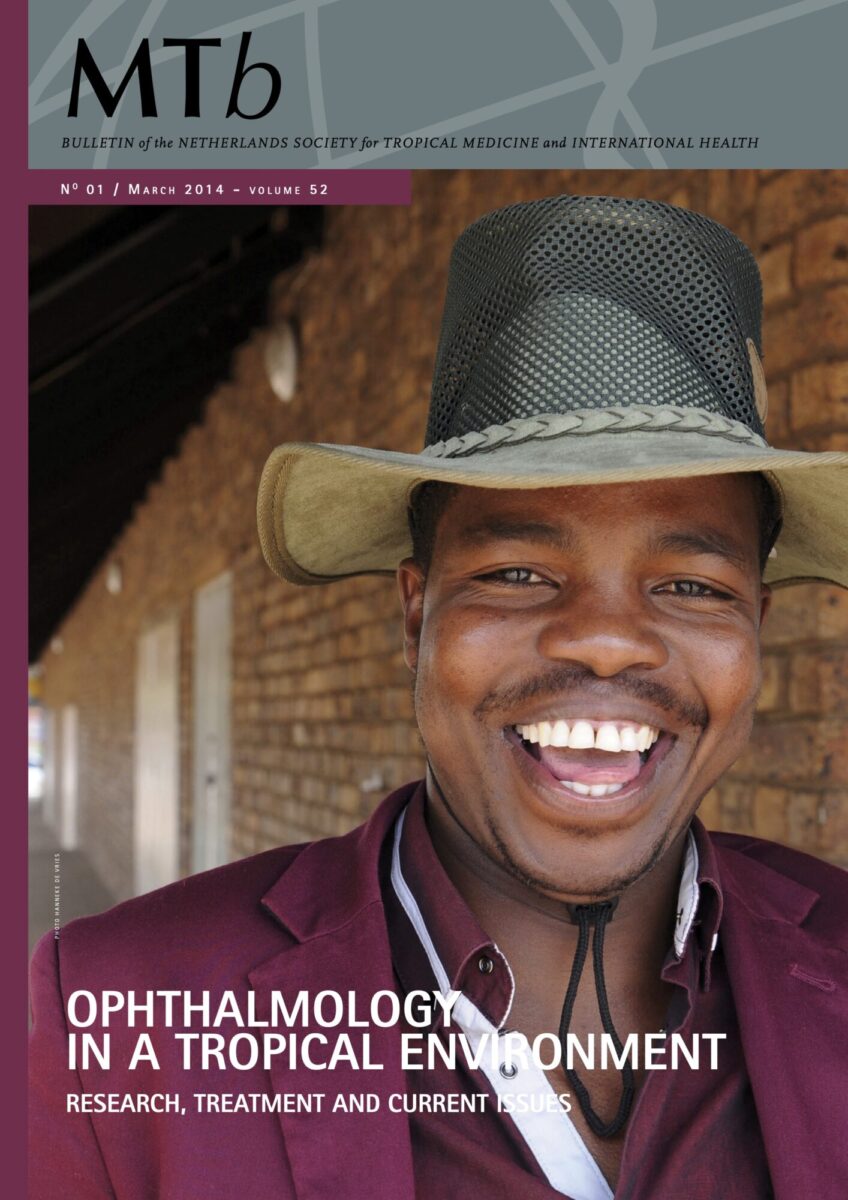
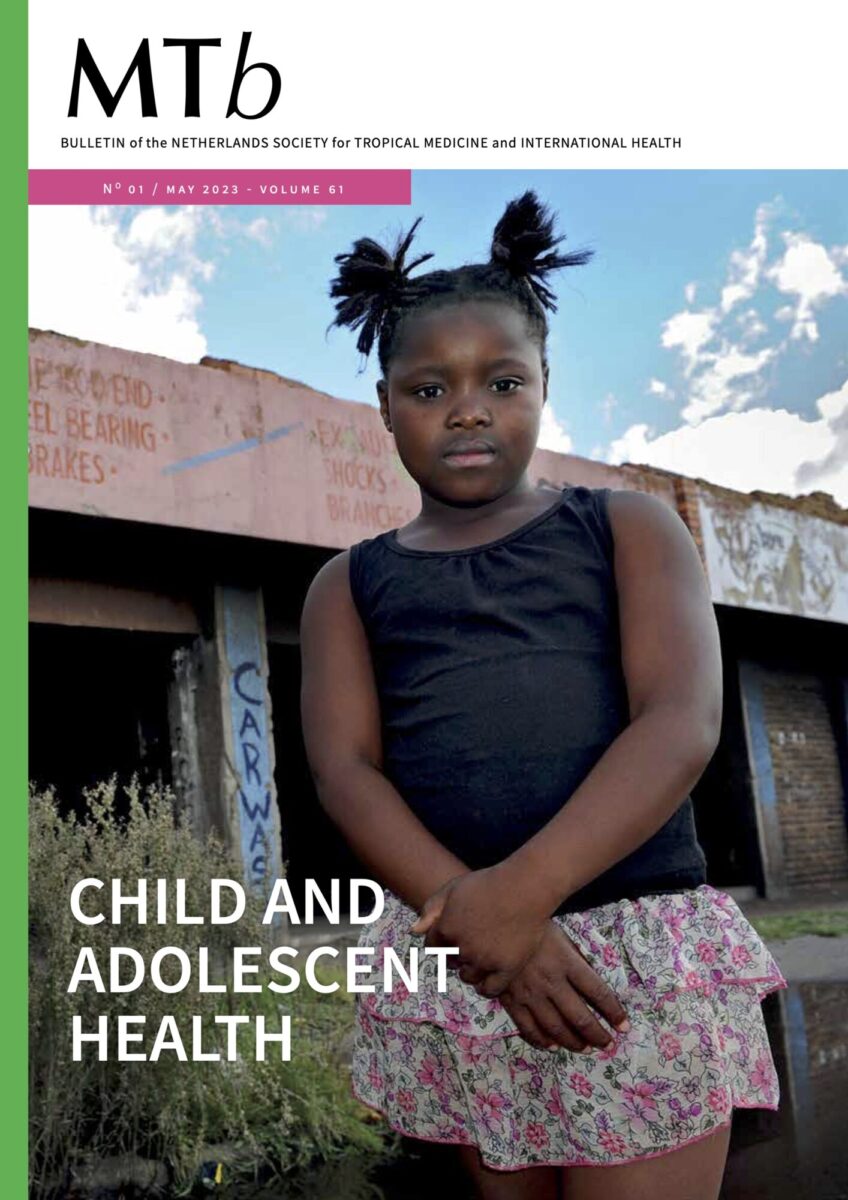
Under a new name—still honouring its roots in the Society’s history—some 44 editions were published between 2013 and 2025. These issues combined scientific insights with critical reflection, covering a wide array of topics within the field of global health including tropical medicine.
In line with these changes, and to accommodate the new quarterly publication frequency, it was decided that International Health Alerts would no longer appear in the print edition but would instead be published bimonthly on the NVTG website, enhancing both timeliness and accessibility.
Looking ahead to a new platform: global health perspectives
Over the past two years, alongside the name change of the NVTG and the closer collaboration with both the knowledge centre (KCGH) and the training institute (OIGT), the editorial board has taken a critical look at MTb. It became clear that it was time for change.
To increase accessibility and allow for more frequent publication of articles, we’ve transitioned from a traditional paper magazine to a fully digital platform.
Why Global Health Perspectives? The term Global Health in our new title reflects our commitment to covering relevant topics across the entire global health spectrum. This includes, but is not limited to:
Infectious and non-communicable diseases; Comorbidities and mental health; Ethics in healthcare; Technological innovations and big data; Health systems and global health governance.
The word Perspectives represents our ambition to be a diverse and inclusive platform. As defined by the Cambridge Dictionary, perspective means “a particular way of considering something”. Adding this noun makes our aim very clear: to offer a range of viewpoints, fresh insights, and solid evidence on urgent issues and dilemmas in our field.
WHAT STAYS, WHAT’S NEW?
Much like MTb, we will continue to publish articles within the broad scope of global health – now more frequently and more visibly. As part of the new structure, familiar categories remain, yet under a new heading:
- Consult online → under Clinical cases
- Letters from the field → under Stories
- Book reviews → under Perspectives
The thematic approach—so central to our editorial vision in recent years—will continue on the new platform under a fresh category: Dossier. One of the ongoing focal points will continue to be Migrants and Health (as published in December 2024), a theme that remains highly relevant and will be explored further in the coming months.
We believe that the transition to a fully digital format will significantly enhance both the visibility and accessibility of our work. With this step, we reaffirm our ambition to serve as an inclusive and low-threshold platform – a place where scientists, scholars, and practitioners can share insights, publish research, and engage in meaningful debate.
Our mission remains unchanged: to foster critical reflection and dialogue on the most pressing dilemmas and developments in global health today.
We warmly invite you to explore, contribute, and connect with us on the new platform.
*Note from the author: the historical overview in the first 3 parts draws on Leo van Bergen’s book on the history of a hundred years NVTG, Netherlands Society for Tropical Medicine and International Health. His work provided valuable context on the history of the Society and the evolution of Medicus Tropicus throughout the past century of global engagement. See: Bergen, van L. (2007). Van koloniale geneeskunde tot internationale gezondheidszorg. Een geschiedenis van honderd jaar Nederlandse Vereniging voor Tropische Geneeskunde. Amsterdam 2007: Kit Publishers, NVTG
References
- The mission of CWT was to support Dutch medical doctors “in the practice of medicine in the tropics”, a mission that was to be realised with the creation of new employment opportunities in the tropics for Dutch tropical doctors. In: Bergen van L. (2007)
- Speech of H.A.P.C. Oomen in December 1958 on the changing position of the Dutch medical doctor abroad, and the future of the Dutch tropical doctor after the loss of Indonesia. He reflected on the “premature departure of many excellently suited doctors under the pressure of circumstances”, but also on the question of whether the often curative training of the tropical doctors still matched the new demands that were made of them. This in view of the greater attention being paid to social-hygienic issues by the World Health Organisation (WHO) and various agencies of the United Nations that emerged from the rubble of the Second World War. In the speech, he also wondered how a new framework could be formed under the current circumstances, noting that the term ‘tropical disease’ did not actually exist. In: Bergen van L (2007).
- Further reading on the function of CWT, the discussion on the role and position of Dutch doctors in decolonised countries, see Van Bergen L (2007).
- IHA is a compilation of recently published journal articles or book reviews in the field of tropical medicine and public health in developing countries. It is published under the responsibility of the NVTG. and it aims to draw the attention of Dutch development workers and other interested readers to a broadly selected overview of recent publications in the above field. It appears six times a year in combination with Medicus Tropicus and is distributed among the members of the NVTG.
















































